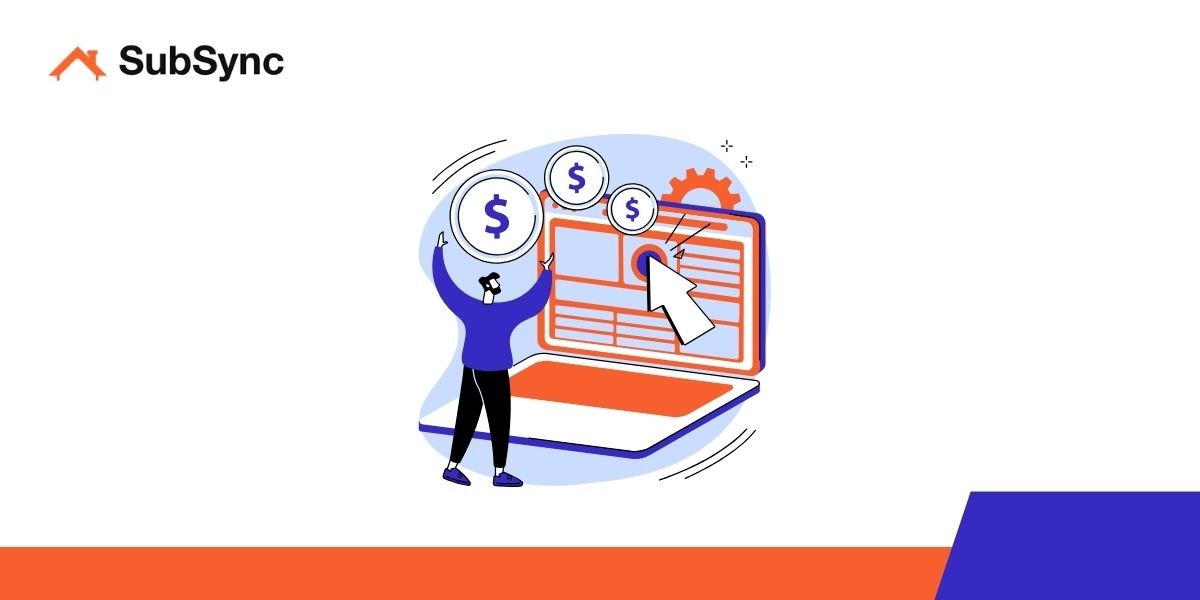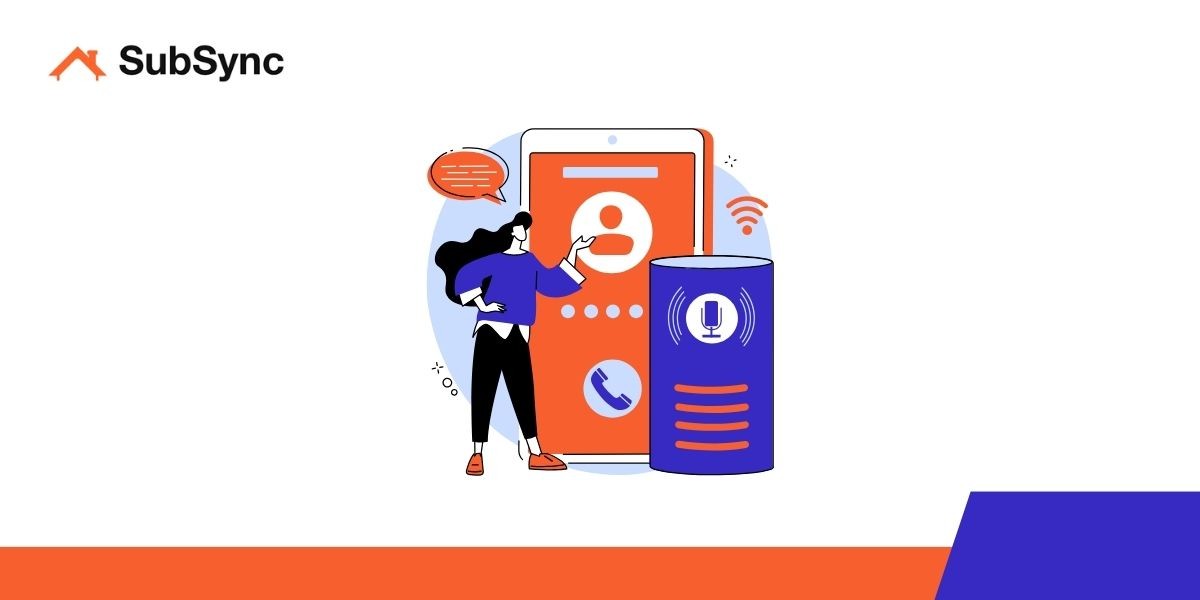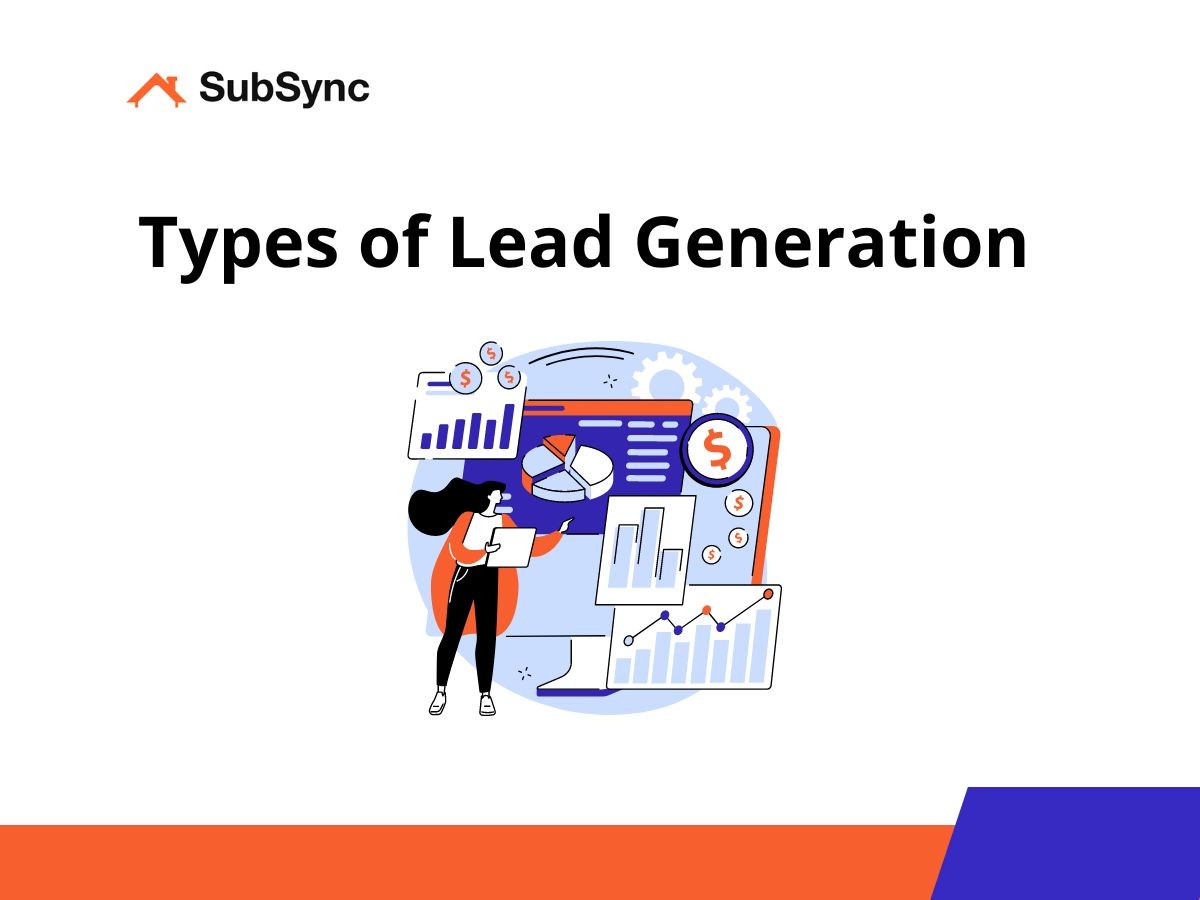What are the Different Types of Lead Generation? (2024 Update)
Sep 12, 2024
In this article, you will learn about the different types of lead generation strategies that you should consider in your marketing efforts. Read on to learn more.
Types of Lead Generation
Lead generation can be broadly divided into outbound and inbound methods.
Types of Outbound Lead Generation
Outbound lead generation is about actively reaching out to potential customers, often without prior contact.
1. Cold Calling
Sales representatives make unsolicited calls to potential leads to introduce them to the company’s product or service. Cold calling requires a clear script and an understanding of the prospect’s potential needs. Though it can be challenging, this method allows for direct interaction and immediate feedback.
2. Cold Emailing
Similar to cold calling, cold emailing involves sending targeted messages to potential leads. These emails are personalized and highlight how your product or service can solve a specific problem for the recipient. Effective cold emails focus on creating curiosity or offering value upfront to start a conversation.
3. Direct Mail Campaigns
Sending physical marketing materials like brochures, postcards, or letters to prospects. Direct mail is less common today but can be effective for niche markets. Personalized mailings with a strong call-to-action encourage prospects to visit a website or call a phone number for more information.
4. Social Selling (via LinkedIn or other platforms)
Sales teams build relationships through social media platforms like LinkedIn. By engaging with prospects’ posts, sharing industry insights, or directly messaging them, you can build trust and familiarity before making a sales pitch. Social selling takes time but often yields higher-quality leads.
5. Telemarketing
Similar to cold calling, telemarketing involves a structured approach where sales agents call potential customers to promote a product or service. Telemarketing often uses data-driven targeting, ensuring that calls are made to those who fit a company’s buyer profile.
6. Pay-Per-Click (PPC) Outbound Ads
PPC campaigns on platforms like Google or Bing involve placing paid ads in front of potential customers who are searching for specific terms related to your business. These ads are displayed in search engine results and lead to landing pages optimized for lead capture.

Types of Inbound Lead Generation
Inbound lead generation attracts leads by offering something valuable that draws them toward your business.
1. Content Marketing
Providing educational or entertaining content like blogs, videos, or ebooks that answer questions or solve problems for your target audience. This builds trust and positions your company as an authority in your industry.
2. SEO (Search Engine Optimization)
Optimizing your website’s content and structure to rank higher in search engine results. By appearing on the first page of search results for relevant queries, you can attract visitors actively looking for solutions like yours.
3. Social Media Marketing
Engaging with your audience through social media platforms by sharing relevant content, interacting with users, and running targeted ads. Social media provides a space for brands to build relationships with potential leads.
4. Webinars and Online Events
Hosting live or recorded webinars that educate your audience about industry trends, product solutions, or specific topics relevant to your business. Webinars allow for interaction and offer an opportunity to capture attendee information.
5. Landing Pages and Lead Magnets
Creating dedicated landing pages that offer something in exchange for a visitor’s contact details. Lead magnets like free guides, toolkits, or templates give users an incentive to sign up for your mailing list.
6. Influencer Marketing
Partnering with influencers in your industry to promote your product or service to their audience. Influencers can drive traffic and generate leads by endorsing your brand or offering special deals to their followers.

How to Choose the Best Lead Generation Strategy
Choosing the best lead generation strategy for your business involves careful consideration of several factors. Here’s how to make an informed decision:
1. Understand Your Audience
Begin by identifying your target audience’s demographics, needs, and behaviors. Different strategies work better for different audiences. For instance, B2B companies might benefit more from LinkedIn social selling, while B2C brands could find greater success with influencer marketing on Instagram.
2. Assess Your Resources
Evaluate the resources you have at your disposal, including budget, team expertise, and tools. Outbound strategies like PPC ads require a financial investment, whereas inbound methods like content marketing demand time and creativity.
3. Consider the Customer Journey
Map out your customer’s journey from awareness to conversion. Choose strategies that align with each stage. For example, SEO and content marketing are ideal for the awareness stage, while direct mail and telemarketing might be more effective during the consideration phase.
4. Evaluate the Competitive Landscape
Look at what your competitors are doing. If your industry is saturated with similar inbound strategies, a well-executed outbound campaign could set you apart. Conversely, if outbound tactics dominate, focusing on building a robust inbound strategy might help you stand out.
5. Test and Optimize
Start with a few strategies that align with your business goals and audience, then test them. Use A/B testing to refine your approach, and don’t be afraid to pivot if something isn’t working. Continuously optimize your efforts based on data and feedback.
6. Scale What Works
Once you’ve identified successful strategies, scale them to maximize results. This could mean increasing your budget for PPC ads, expanding your content production, or doubling down on social media engagement.
We hope that you now have a better understanding of the different types of lead generation you can consider for your marketing strategies.
If you enjoyed this article, you might also like our articles on:





